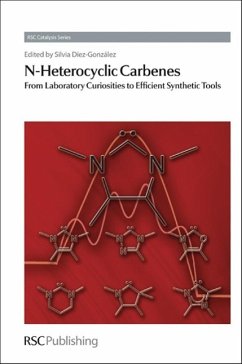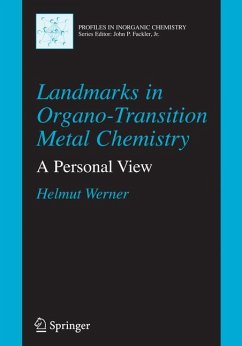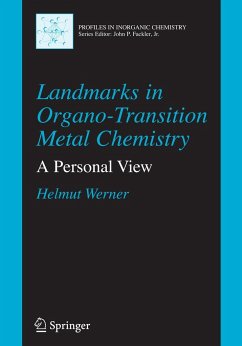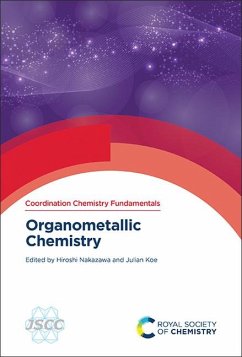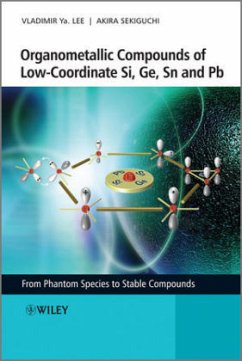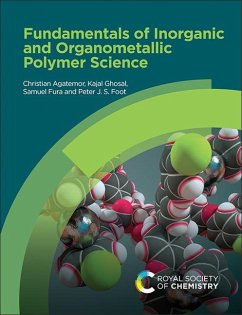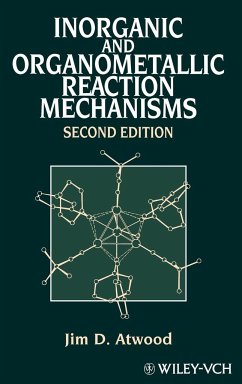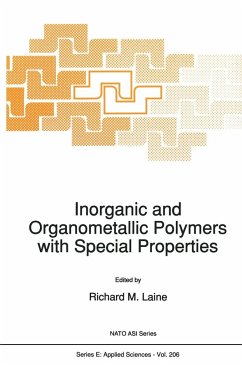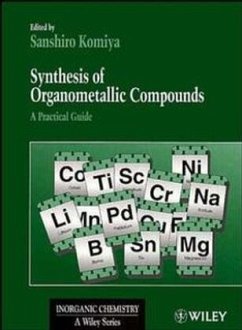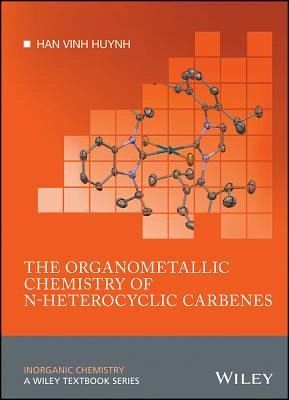
The Organometallic Chemistry of N-Heterocyclic Carbenes
Versandkostenfrei!
Versandfertig in über 4 Wochen
80,99 €
inkl. MwSt.
Weitere Ausgaben:

PAYBACK Punkte
40 °P sammeln!
The Organometallic Chemistry of N-heterocyclic Carbenes describes various aspects of N-heterocyclic Carbenes (NHCs) and their transition metal complexes at an entry level suitable for advanced undergraduate students and above. The book begins with a historical overview of the quest for carbenes and their complexes. Subsequently, the unique properties, reactivities, and nomenclature of the four classical NHCs (derived from imidazoline, imidazole, benzimidazole, and 1,2,4-triazole) are elaborated. General and historically relevant synthetic aspects for NHCs, their precursors, and complexes are t...
The Organometallic Chemistry of N-heterocyclic Carbenes describes various aspects of N-heterocyclic Carbenes (NHCs) and their transition metal complexes at an entry level suitable for advanced undergraduate students and above. The book begins with a historical overview of the quest for carbenes and their complexes. Subsequently, the unique properties, reactivities, and nomenclature of the four classical NHCs (derived from imidazoline, imidazole, benzimidazole, and 1,2,4-triazole) are elaborated. General and historically relevant synthetic aspects for NHCs, their precursors, and complexes are then explained. The book continues with coverage of the preparation and characteristics of selected NHC complexes containing the most common metals used in this area: Ni, Pd, Pt, Ag, Cu, Au, Ru, Rh, and Ir. The book concludes with an overview and perspective on the development of various other NHCs beyond the four classical types. Topics covered include: * Stabilization, dimerization, and decomposition of NHCs * Stereoelectronic properties of NHCs and their evaluation * Diversity of NHCs * Isomers of NHC complexes and their identication * NMR spectroscopic signatures of NHC complexes * Normal, abnormal, and mesoionic NHCs The Organometallic Chemistry of N-heterocyclic Carbenes is an essential resource for all students and researchers interested in this increasingly important and popular eld.




